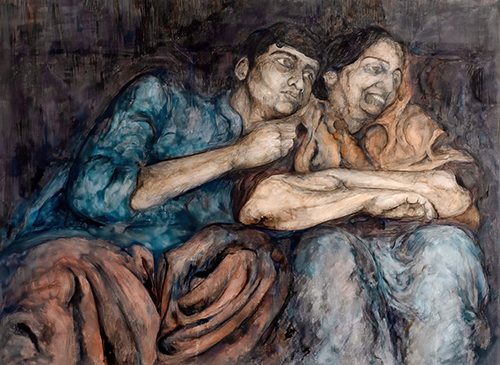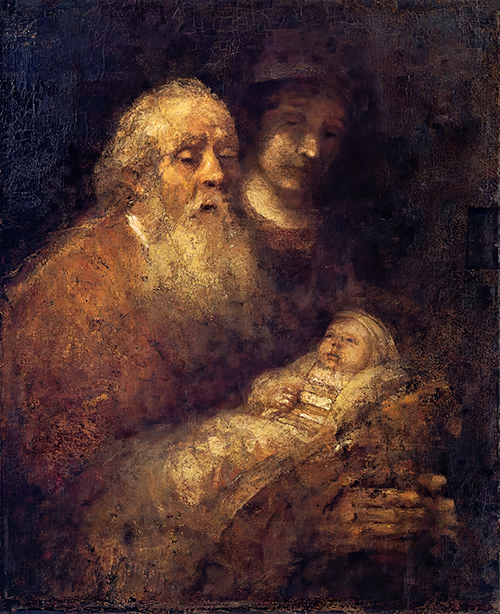Anybody familiar with computer use will have come across Adobe.
The company develops printing, publishing, and graphics software.
One of their software applications is known as Photoshop. This software allows the user to edit and manipulate digital images.
So, for example, you can make a person taller, or slimmer, or remove wrinkles from a face.
I sometimes wonder whether Adobe Photoshop was available in the Middle Ages for artists to make use of. Particularly in artwork concerning the feast we are praying to celebrate.
The artists’ portrayal of the Nativity is almost invariably clean and tidy – I have yet to discover a painting of Mary giving birth to her child! The artists’ have Mary and Joseph dressed tidily, kneeling discreetly in adoration, and of course, the newly born child wrapped neatly in snow-white clothing. The child is either asleep or looking lovingly into the eyes of the mother.
Where is the sweat, the push, the grunt, the blood?
Was the birth of the Incarnate One into our world, of our world, or was it too, somewhat miraculous?
The following poem titled “Sometimes I Wonder” invited me into the truth of the Word-became Flesh-and lives among us!
Sometimes I wonder
sometimes I wonder
if Mary breastfed Jesus.
if she cried out when he bit her
or if she sobbed when he would not latch.
and sometimes I wonder
if this is all too vulgar
to ask in a church
full of men
without milk stains on their shirts
or coconut oil on their breasts
preaching from pulpits off limits to the Mother of God.
but then i think of feeding Jesus,
birthing Jesus,
the expulsion of blood
and smell of sweat,
the salt of a mother’s tears
onto the soft head of the Salt of the Earth,
feeling lonely
and tired
hungry
annoyed
overwhelmed
loving
and i think,
if the vulgarity of birth is not
honestly preached
by men who carry power but not burden,
who carry privilege but not labor,
who carry authority but not submission,
then it should not be preached at all.
because the real scandal of the Birth
of God
lies in the cracked nipples of a
14 year old
and not in the sermons of ministers
who say women
are too delicate
to lead.
– Kaitlin Hardy Shetler



